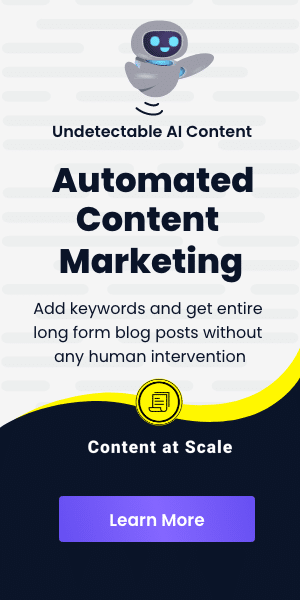As technology continues to evolve, the concerns around cybersecurity and artificial intelligence (A.I.) continue to grow. With the increasing use of A.I. in various industries, it is important to address the potential security risks and take measures to mitigate them. In this quick look guide, we will explore the current state of cybersecurity and A.I. and provide some general actionable steps to ensure that your organization is protected.
Understanding Cybersecurity and A.I.
A.I. is revolutionizing many industries, from healthcare to finance to logistics. However, with the increasing reliance on A.I. comes an increased risk of cybersecurity breaches. Hackers are becoming more sophisticated and are using A.I. to develop more complex and targeted attacks.
One of the biggest challenges with cybersecurity and A.I. is that A.I. systems can be vulnerable to attacks that are difficult to detect. For example, hackers can use A.I. algorithms to generate realistic fake images or voice recordings to trick A.I. systems. This can lead to serious consequences, such as unauthorized access to sensitive information or the manipulation of A.I. systems for malicious purposes.
Identifying Potential Risks
To protect your organization from cybersecurity threats related to A.I., it is important to identify potential risks. This can include identifying the types of A.I. systems used in your organization, as well as the data and processes that are involved. It is also important to identify the potential entry points for hackers, such as unsecured data sources or third-party systems.
To effectively identify potential risks, it is important to conduct a thorough risk assessment. This can include identifying potential attack scenarios and the likelihood and impact of each scenario. With this information, you can prioritize your security measures and allocate resources effectively.
Implementing Effective Security Measures
To mitigate the potential risks of cybersecurity threats related to A.I., it is important to implement effective security measures. This can include a combination of technical and non-technical measures.
Some technical measures that can be implemented include using encryption to protect sensitive data, implementing access controls to limit the number of people who can access data, and using firewalls to protect networks. It is also important to regularly update software and firmware to ensure that systems are protected from known vulnerabilities.
Non-technical measures can include developing security policies and procedures, providing regular training to employees to raise awareness of potential risks, and developing incident response plans in case of a cybersecurity breach.
Incorporating A.I. into Security Practices
A.I. can also be used to enhance cybersecurity practices. For example, A.I. can be used to detect anomalies in data patterns, which can help identify potential security threats. A.I. can also be used to develop predictive models that can help identify potential threats before they occur.
Additionally, remain cognizant of the potential risks of using A.I. in your security practices. A.I. algorithms can be vulnerable to attacks, and the accuracy of A.I. models can be compromised by biased data. To effectively incorporate A.I. into security practices, it is important to regularly review and test A.I. models to ensure their accuracy and reliability.
One example of a company that has successfully incorporated A.I. into security practices is IBM as early as 2017. IBM’s Watson for Cybersecurity uses A.I. to help identify potential threats and vulnerabilities, and to analyze and prioritize security alerts. Watson for Cybersecurity can analyze massive amounts of security data, including security reports, news articles, and social media posts, to help identify potential threats before they occur.
In addition to Watson for Cybersecurity, IBM also uses A.I. in its QRadar security information and event management (SIEM) system. QRadar uses A.I. to detect anomalies in data patterns and to help identify potential security threats. The system can also learn from past security incidents to improve its ability to identify and prevent future incidents.
By incorporating A.I. into its security practices, IBM is able to analyze and process vast amounts of security data, making it easier to identify potential security threats and to respond to them quickly and effectively.
Conclusion
As the use of A.I. continues to grow, it is important to address the potential security risks associated with this technology. By identifying potential risks, implementing effective security measures, and incorporating A.I. into security practices, organizations can protect themselves from cybersecurity threats related to A.I. With the increasing sophistication of hackers, it is important to stay vigilant and continuously assess and update security practices to ensure that your organization remains protected.



